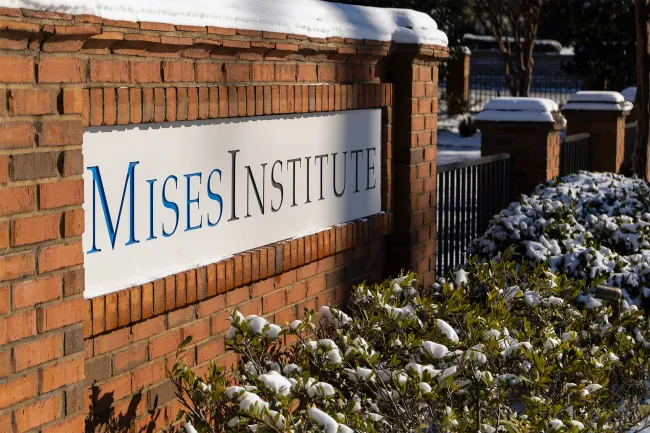There’s No End in Sight to the Zombie Economy
Put simply, if it were not for accommodative monetary policy, these firms would have otherwise shut down by now. Once again, the Fed is refusing to allow the invisible hand to rein in the excess for fear of a liquidity crisis, credit crunch, and worse.







